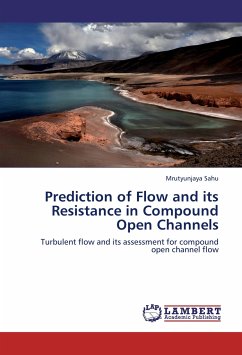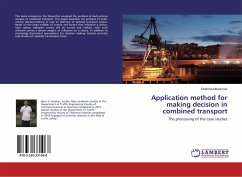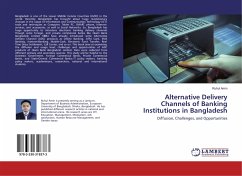Stream discharge measurement in open channels is of great importance in hydraulic engineering. In recent times, non-intrusive methods such as PIV (Particle Image Velocimetry) techniques have been very popular as they are very practical for this purpose. Extensive set of experiments are carried out in a tilting channel of both rectangular and compound cross section for discharge measurement with the assistance of measured water free surface velocity. Technical issues regarding tracer particle size and type, travel distance, lighting, recording speed, camera position, image distortion and state of flow are discussed and useful recommendations are made. Experimental measurements are used to validate the mathematical model (numerical model) of the problem. Validation includes the calibration of numerical free surface velocity via employment of experimental measurements. Last important aspect of the research is the inverse estimation of channel wall roughness in addition to discharge when free surface velocity, flow cross section and sometimes channel bed slope are given inputs.








